NourishDoc doesn’t provide medical advice, diagnosis, treatment, or prescriptions. Read our terms of use, privacy & medical disclaimer for more info
Chief Complaint: Numbness in the left side of the face along with a deviation of the mouth for 4 days prior to treatment. 4 days prior to Chinese medical treatment, the patient was hospitalized due to second degree hypertension along with dizziness and type II diabetes. The patient’s condition stabilized after being treated with medication. The patient noticed discomfort on the left side of her face 4 days later, upon waking up. She drooled while brushing her teeth and had difficulty closing her left eye. Tests showed normal muscle tension and CT scan of the head.Past History: The patient’s past medical history included diabetes with high lipids for 15 years. Despite oral intake of hypoglycemic medication, the blood sugar remained uncontrolled. The patient suffered from diabetic neuropathy for 3 years, including numbness and a stabbing pain in the lower extremities when she was examined. Hypertension was present for 7 years; despite oral administration of Amlodipine Besylate tablets the patient’s the blood pressure was still hard to control. BP reached 200/125 mmHg at its highest level.Physical Examination: Blood pressure: 190/116 mmHg, overweight, alert. Normal pupil size, the left frontal lines were shallow, an inability to close the left eyelid, disappearance of the left lip groove, an inability to close the left corner of the mouth when blowing, mouth deviation towards the right, normal motor and sensory function of the four extremities. The patient had a pale face, chest tightness, and shortness of breath aggravated by exertion and discomfort at the anterior chamber of the heart. The tongue body was dusky with spots at the tip with a sticky, white coating. The pulse was thin, difficult and weak.Laboratory Examination: Lipids: triglycerides 7.8mmol/L, cholesterol 12.6mmol/L, HDL 3.6mmol/L. Blood sugar: on an empty stomach 10.5mmol/L, after a meal 16.5mmol/L.Diagnostic AnalysisThe patient was overweight with a strong appearance, but her qi was weak. Spleen qi deficiency caused a failure of transportation, leading to dampness that further failed to transform and caused turbid phlegm stagnation within the body. External wind invading the collaterals disturbed internal phlegm, which travelled through the face causing stagnation in the channels. Qi and blood failed to nourish the channels, leading to facial discomfort on the affected side, with an inability to close the eye. The left side nasolabial fold was flattened. The eye and mouth deviated towards the healthy side. The chronic nature of the patient’s illness injured qi and blood. Qi leads blood; qi deficiency caused weak movement of blood. The channels, therefore, failed to receive nourishment from qi and blood, leading to the deviation of the mouth and eye and dull facial expression. The tongue body was dusky with spots at the tip and a white, sticky coating. The pulse was thin, choppy and weak. Both are signs of blood stasis.The location of the condition was the heart and spleen. It belongs to patterns of qi deficiency, blood stasis and wind phlegm blocking the collaterals; this is a root deficiency with branch excess.DiagnosisWM Diagnosis: Bell’s palsyTCM Diagnosis: Bell’s palsy due to qi deficiency, blood stasis, wind pathogen blocking the collaterals
This condition belonged to the patterns of root deficiency and branch excess. The root etiologies were qi deficiency, blood stasis and wind evil blocking the collaterals. Treatment should focus on benefiting qi, invigorating blood, eliminating wind and transforming phlegm. Root and branch should be treated at the same time.
Treatment Principles: Benefit qi, invigorate blood, eliminate wind and transform phlegm.
Formula: Modified Bŭ Yăng Huán Wŭ Tāng (Yang-Supplementing and Five-Returning Decoction) and Qiān Zhèng Săn Jiān Jiăn(Symmetry-Correcting Powder)
[补阳还五汤合牵正散加减]
|
生黄芪 |
shēng huáng qí |
30g |
Radix Astragali |
|
当归 |
dāng guī |
15g |
Radix Angelicae Sinensis |
|
赤芍 |
chì sháo |
15g |
Radix Paeoniae Rubra |
|
地龙 |
dì lóng |
10g |
Pheretima |
|
川芎 |
chuān xiōng |
8g |
Rhizoma Chuanxiong |
|
红花 |
hóng huā |
6g |
Flos Carthami |
|
桃仁 |
táo rén |
10g |
Semen Persicae |
|
丹参 |
dān shēn |
30g |
Radix et Rhizoma Salviae Miltiorrhizae |
|
白僵蚕 |
bái jiāng cán |
15g |
Bombyx Batryticatus |
|
白附子 |
bái fū zĭ |
6g |
Rhizoma Typhonii |
|
全蝎 |
quán xiè |
10g |
Scorpio |
|
甘草 |
gān căo |
6g |
Radix et Rhizoma Glycyrrhizae |
Formula Analysis
Shēng huáng qí tonifies and benefits the source qi. Its purpose is to boost qi and move blood, eliminate stasis and open the channels.
Dāng guī, chì sháo, chuān xiōng, táo rén, hóng huā and dān shēn invigorate blood, eliminate stasis and open the channels.
Dì lóng opens the channels throughout the body and improves the effectiveness of the medicinals.
Bái fū zĭ enters the yangming channels, circulates qi in the head and face, eliminates wind and transforms phlegm in the head and face.
Bái jiāng cán and quán xiè transform phlegm and stop spasms.
Gān căo harmonizes the formula.
Acupuncture
Main Points:ST 4 (<span style="font-size:13.999999999999998pt;font-family:Arial;color:#000000;background-color:transparent;font-weight:400;font-style:italic;font-variant:normal;text-decoration:none;vertical-align:baseline;white-space:pre;white-space:pre-w

NourishDoc doesn’t provide medical advice, diagnosis, treatment, or prescriptions. Read our terms of use, privacy & medical disclaimer for more info

This website uses cookies so that we can provide you with the best user experience possible. Cookie information is stored in your browser and performs functions such as recognising you when you return to our website and helping our team to understand which sections of the website you find most interesting and useful.
Strictly Necessary Cookie should be enabled at all times so that we can save your preferences for cookie settings.
If you disable this cookie, we will not be able to save your preferences. This means that every time you visit this website you will need to enable or disable cookies again.